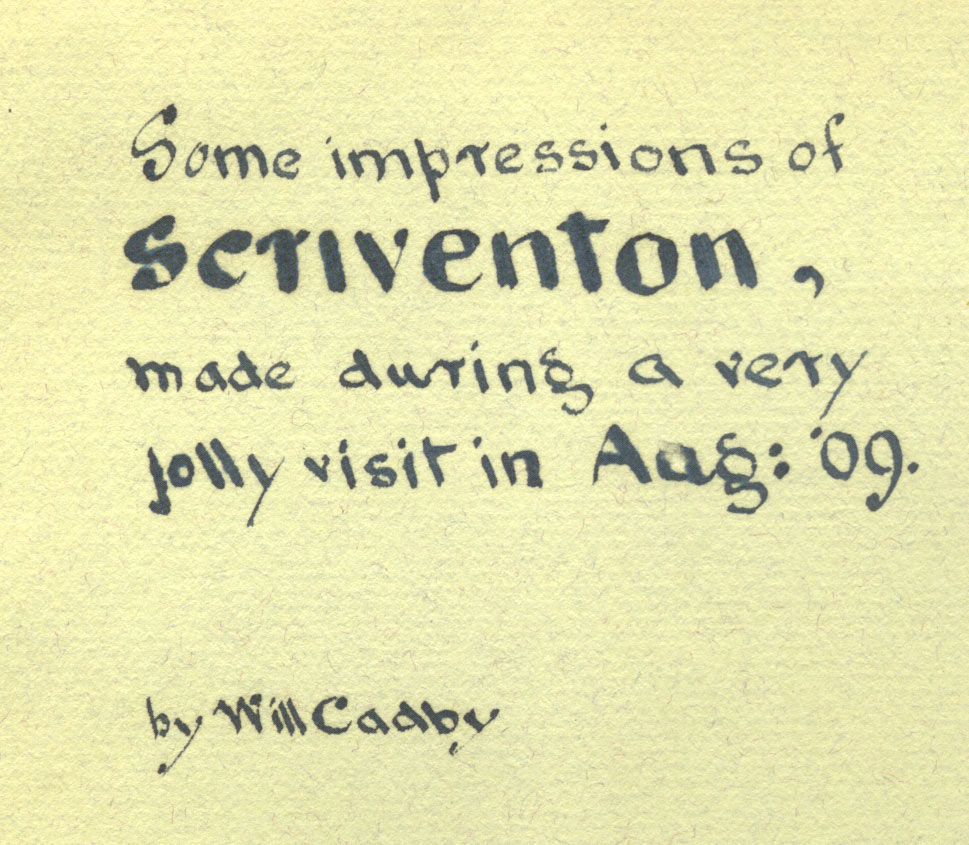 In 1909, when Scriventon had only just been rebuilt round the core of the original two Elizabethan cottages, a friend of the owners came to visit and took photographs. This is his album, taken as the gardens were being laid out. Some older photographs have also found their way in.
In 1909, when Scriventon had only just been rebuilt round the core of the original two Elizabethan cottages, a friend of the owners came to visit and took photographs. This is his album, taken as the gardens were being laid out. Some older photographs have also found their way in.

View towards the Oast
The red maple on the lawn on the right (the tea lawn) is too small to be noticed. The big maple on the Oast House lawn blew down in the late 1970s.
Note the elegant prams on the left of the drive.

View from the lime lawns
The house seen from the north, before the limes were planted. The coach-house on the extreme right is part of a complex which included the stables and the petrol-gas plant which supplied gas to the house for lighting (until it blew up). The background shows how close to the house the old cottages were.

Landscaping the lower lawns
The whole area being on the side of a hill, it was reshaped into terraces with steep slopes between. The second photograph is from an earlier stage of construction and the oast house in the background is still in the process of being converted.


How the lawns were rolled

The kennels
The owners of Scriventon at that time bred dogs. These kennels, which were immediately behind the house, were used in the 1960s as the flower-room, preparing cut flowers for market. The building was demolished in 2007 to make way for a wider area of paving.

The greenhouse
This greenhouse existed until 2007, when it was demolished to make way for a tennis court. When we first saw this album in 1979, we were already growing melons in exactly the same part of the same greenhouse where they were being grown 70 years before. The ventilation in the roof is controlled by a magnificent series of cast-iron rods and hinges.

The Oast House
This was originally a working oast house, the circular oven being used to dry hops. It was then converted into a separate residential building, as these pictures show: its bedrooms were used to accommodate additional guests during house parties. Some time later part of it was used for farm offices, before the building reverted to purely residential use.




The cottages
These were quite close to the house, but they burned down in the 1960s (there was no electricity, so candles were used for lighting) and they were rebuilt further away and are now substantial houses in their own right.

